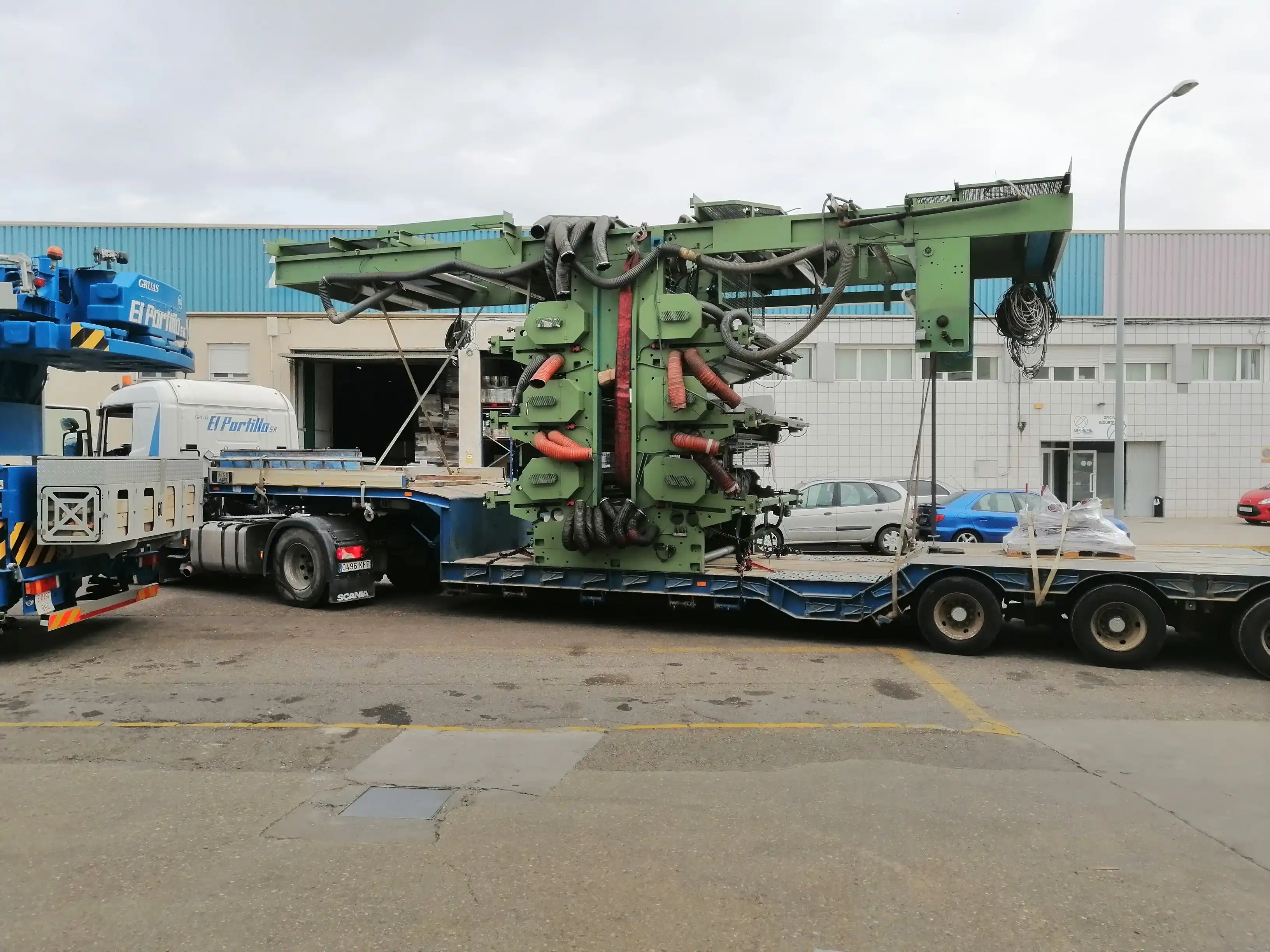
The relocation of entire industrial facilities, production lines, or special machinery is an operation that requires a high level of technical planning, operational coordination, and knowledge of the production environment.
At Grupo Savia, we develop comprehensive projects for the dismantling and relocation of production plants under a "turnkey" model, which allows our clients to delegate complete management of the process with full traceability, technical control, and guaranteed results.
Technical Approach.
Our approach is based on a structured, phased planning process, with each stage responding to technical, safety, and operational efficiency criteria. This model includes:
1. Initial technical study and project planning.
In the initial phase of the project, a complete technical assessment of the condition of the machinery and systems involved in the relocation is carried out, including electrical, mechanical, automation, and fluid power installations.
From there, critical equipment is identified and the available operating window for technical shutdowns is determined. This allows for the development of a detailed, phase-by-phase schedule tailored to the company's production needs and operational context.
2. Specialized Technical Disassembly.
During disassembly, all components are functionally and physically labeled to ensure traceability and identification at destination. Associated services such as electricity, water, compressed air, and control networks are safely disconnected, following technical protocols that ensure the integrity of the systems.
The equipment is subsequently packaged with appropriate protection for its destination and prepared for transport.
3. Industrial Transportation and Logistics.
The logistics phase of the move includes the complete coordination of equipment movement, managing the necessary permits, and organizing conventional and special transport when dimensions or technical characteristics require it.
All lifting, loading, unloading, and installation operations, including alignment, are supervised, as is the final destination, ensuring compliance with established protocols. Furthermore, rigorous control of the integrity of the equipment and associated technical documentation is carried out, thus ensuring that all equipment arrives in optimal condition for subsequent assembly and commissioning.
4. Assembly, Adaptation, and Regulatory Compliance.
A multidisciplinary assembly is carried out, encompassing the mechanical, electrical, pneumatic, hydraulic, and control areas, ensuring the proper integration of all systems. The equipment is reconfigured according to the technical layout defined for the new location, optimizing workflows and accessibility.
In addition, the facilities are adapted to current local regulations, including machinery safety requirements, ATEX regulations, or sector-specific standards. When the project permits, new technologies, automation systems, or technical improvements are also integrated to add value to the production process.
5. Validation and Commissioning.
Once assembly is complete, functional testing and technical validation of the system are performed, including Factory Acceptance Tests (FAT) and Site Acceptance Tests (SAT), as well as the necessary adjustments for proper production start-up.
What advantages does Grupo Savia's turnkey model offer?
• A single technical contact for the entire project.
• Reduced downtime and greater operational safety.
• Comprehensive control of costs, schedules, and resources.
• Compliance with industrial regulations from the outset.
• Flexibility to integrate technical improvements during the move.
• In-house team with proven experience in demanding environments: food, automotive, chemical, pharmaceutical, etc.
Beyond logistics, a relocation project is an excellent opportunity to optimize layouts, update technology, or review the efficiency of production flows.
At Grupo Savia, we help our clients turn this operational need into a strategic opportunity.